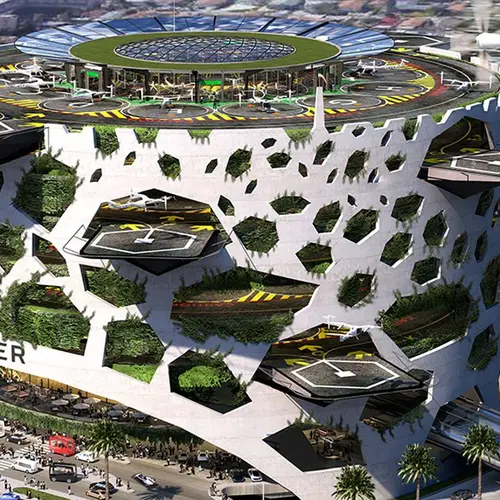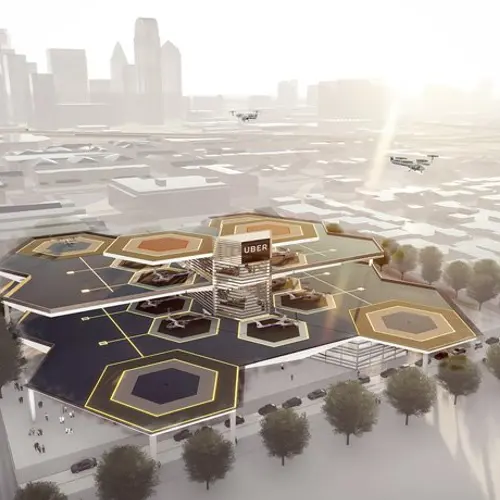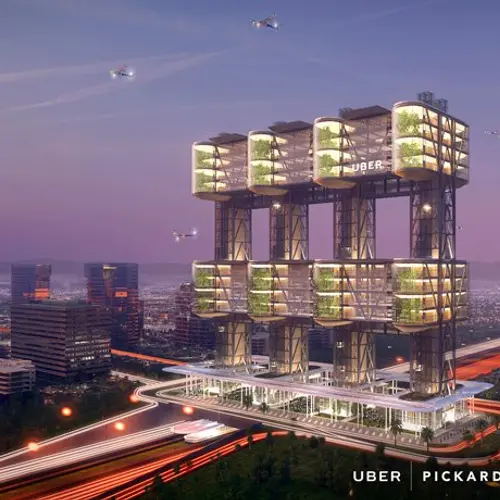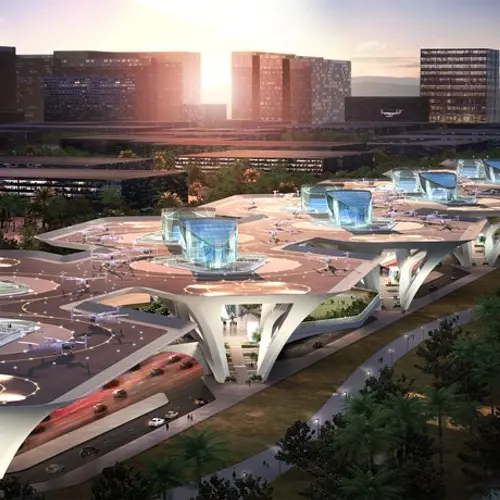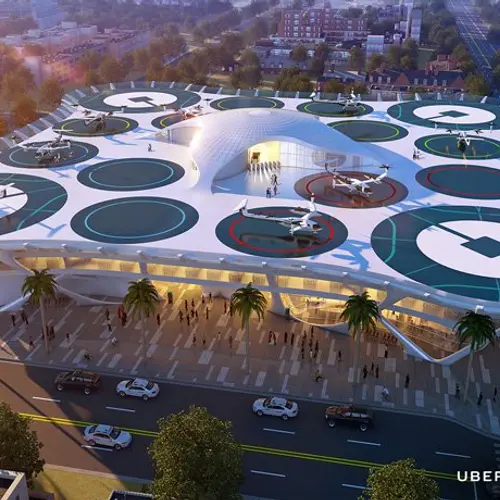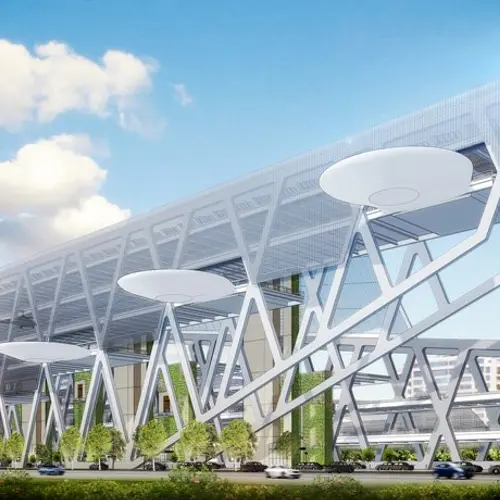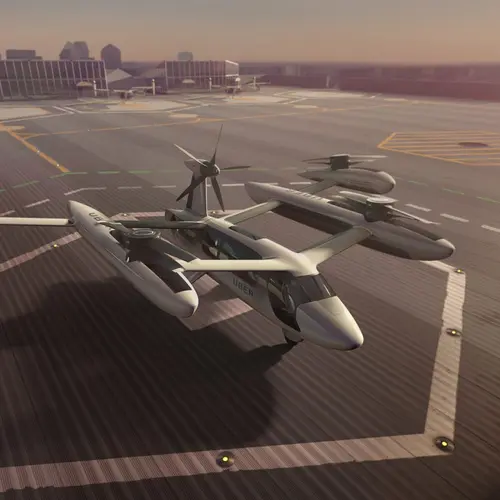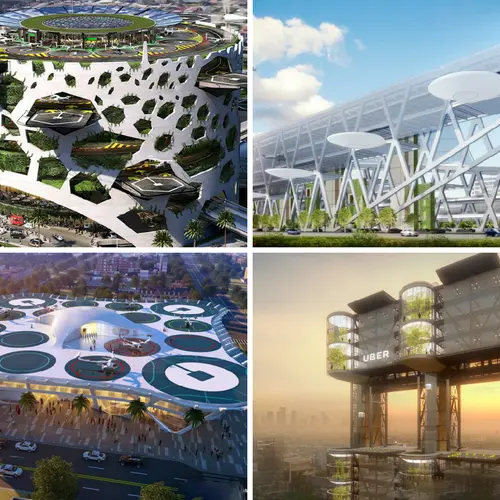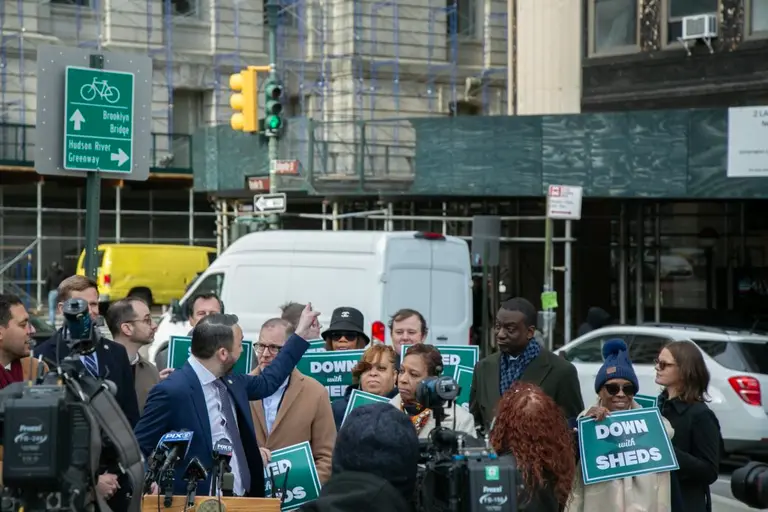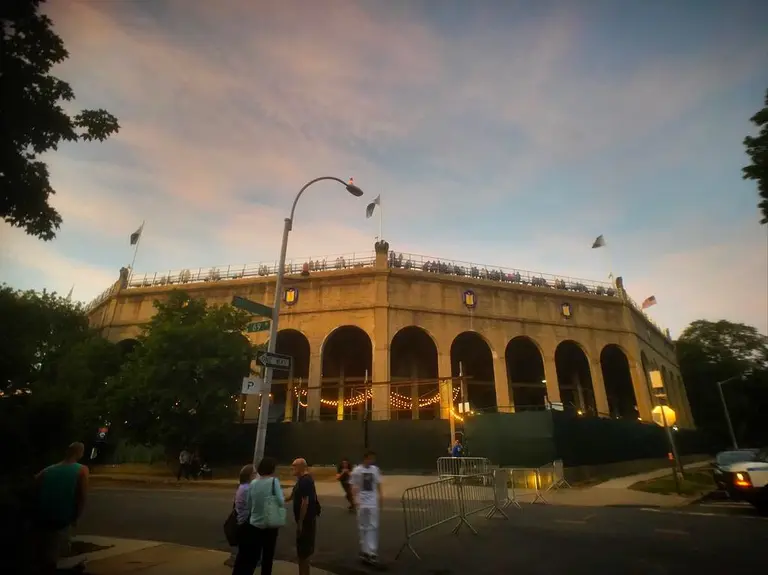Six futuristic Skyport concepts revealed for flying Ubers
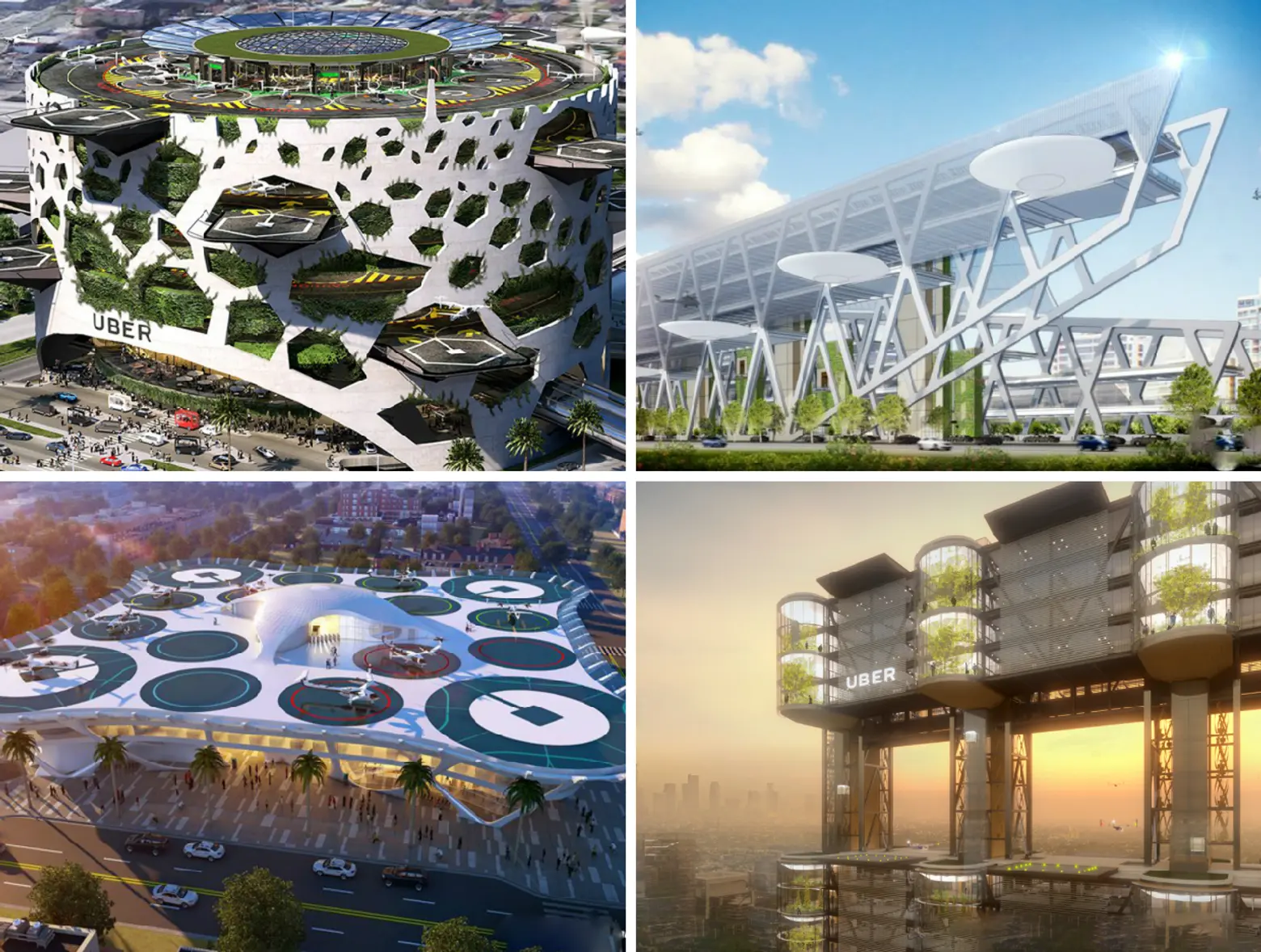
Uber has lofty goals- literally. 6sqft previously reported on the ride-sharing company’s partnership with NASA to develop software to operate their “flying Ubers” for uberAIR by 2023. Clearly, flying Ubers need somewhere to takeoff and land, so yesterday, at their second annual elevate conference in Los Angeles, the company revealed the top six Skyport conceptual designs that are just as futuristic as the flying taxi concept itself.
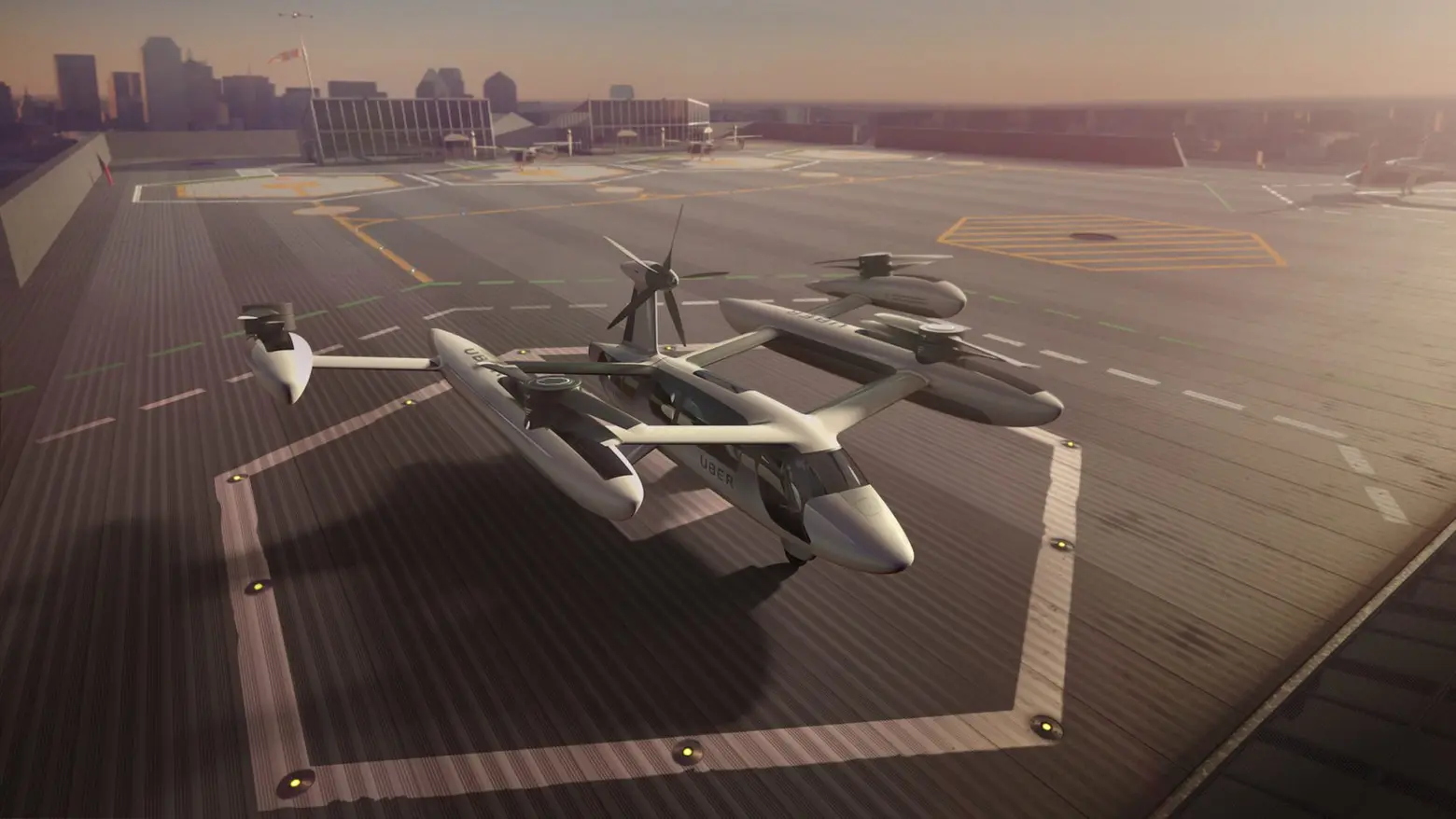
Uber’s “flying car” will be electric vertical take-off and landing vehicles (eVTOL). The fully electric eVOTL will have four small rotors in place of a single large one. This will make the eVOTLs much quieter and more efficient than helicopters. It also ensures safe landings because if one rotor fails, the others will continue to operate. The raised propeller design is also safer for passengers boarding and disembarking as the passengers don’t need to duck to avoid being hit.
The goal of Uber’s Skyport is to reshape our cities to become cleaner, quieter, simpler, and smarter. Dallas, Los Angeles and a yet-to-be-chosen international location will be the first three test cities for uberAIR. (No word yet on when and if NYC will enter the mix.) The design competition included requirements such as the Skyports must be adaptable to different contexts, they must be able to transport of more than 4,000 passengers per hour and they can only have a three-acre footprint.
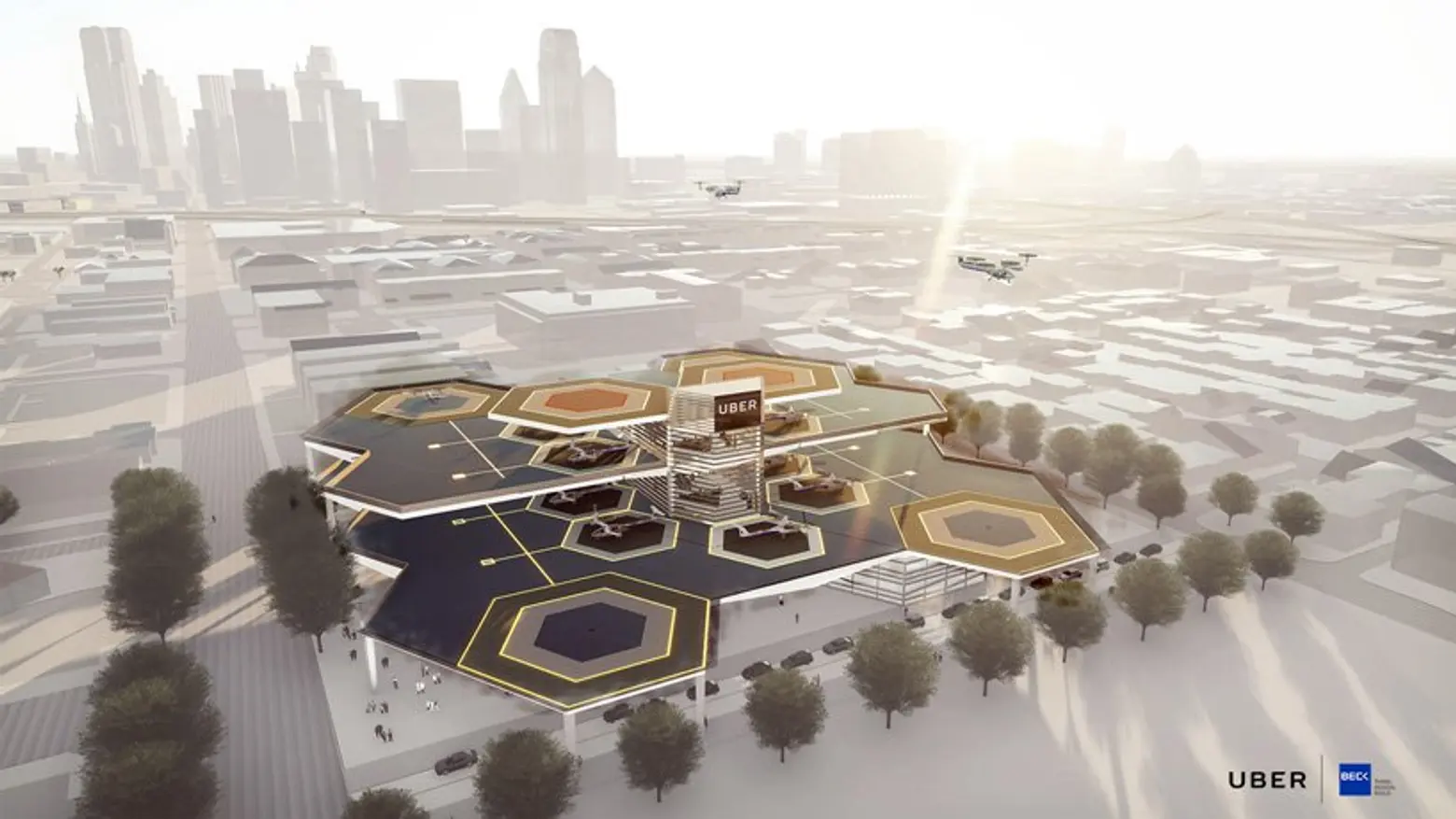
The Beck Group‘s “Hive” takes its inspiration from beehives. The simplest of the six designs, the Hive focuses its footprint on a two-stories of landing pads over a central terminal.
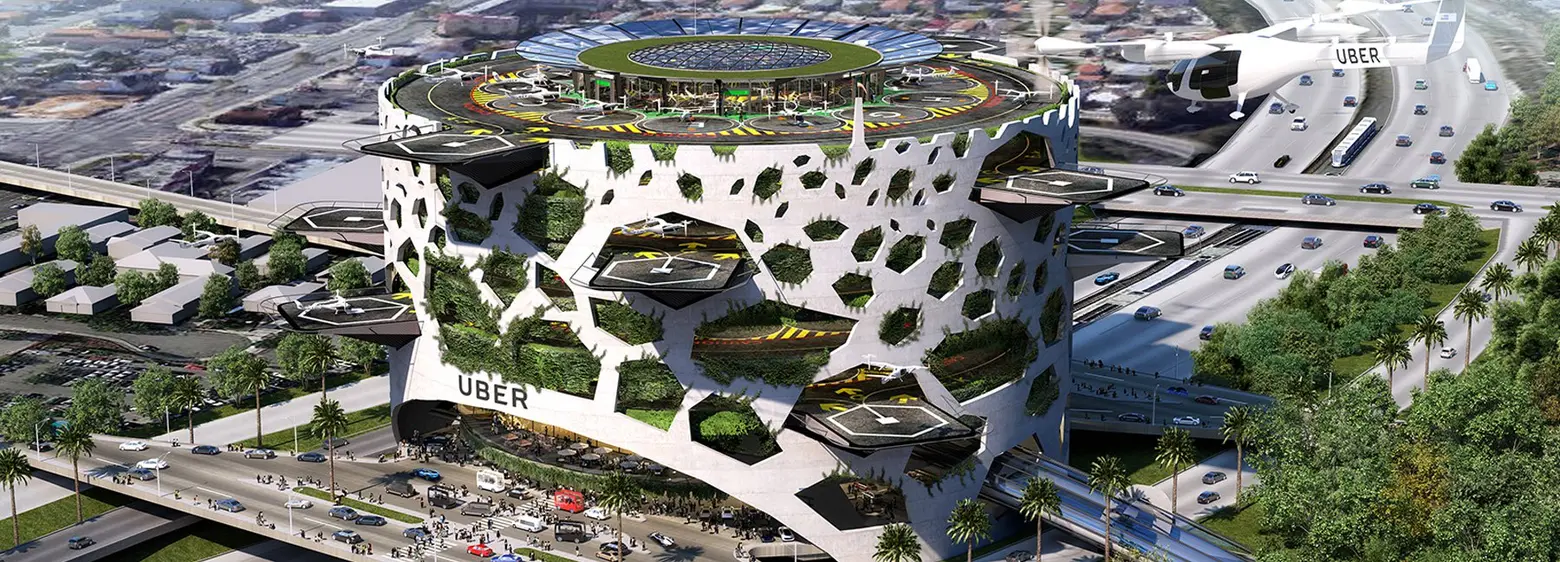
The “Uber Hover,”designed by Humphreys & Partners, is made up of a series of hexagonal landing pads jetting out of a central, perforated tower. The Hover has two distinctive ports for the VTOLs. This self-powering sustainable design can accommodate up to 900 passengers per level, per hour with 150 takeoffs and landings per hour. It can be scaled up to 1,000 per hour.
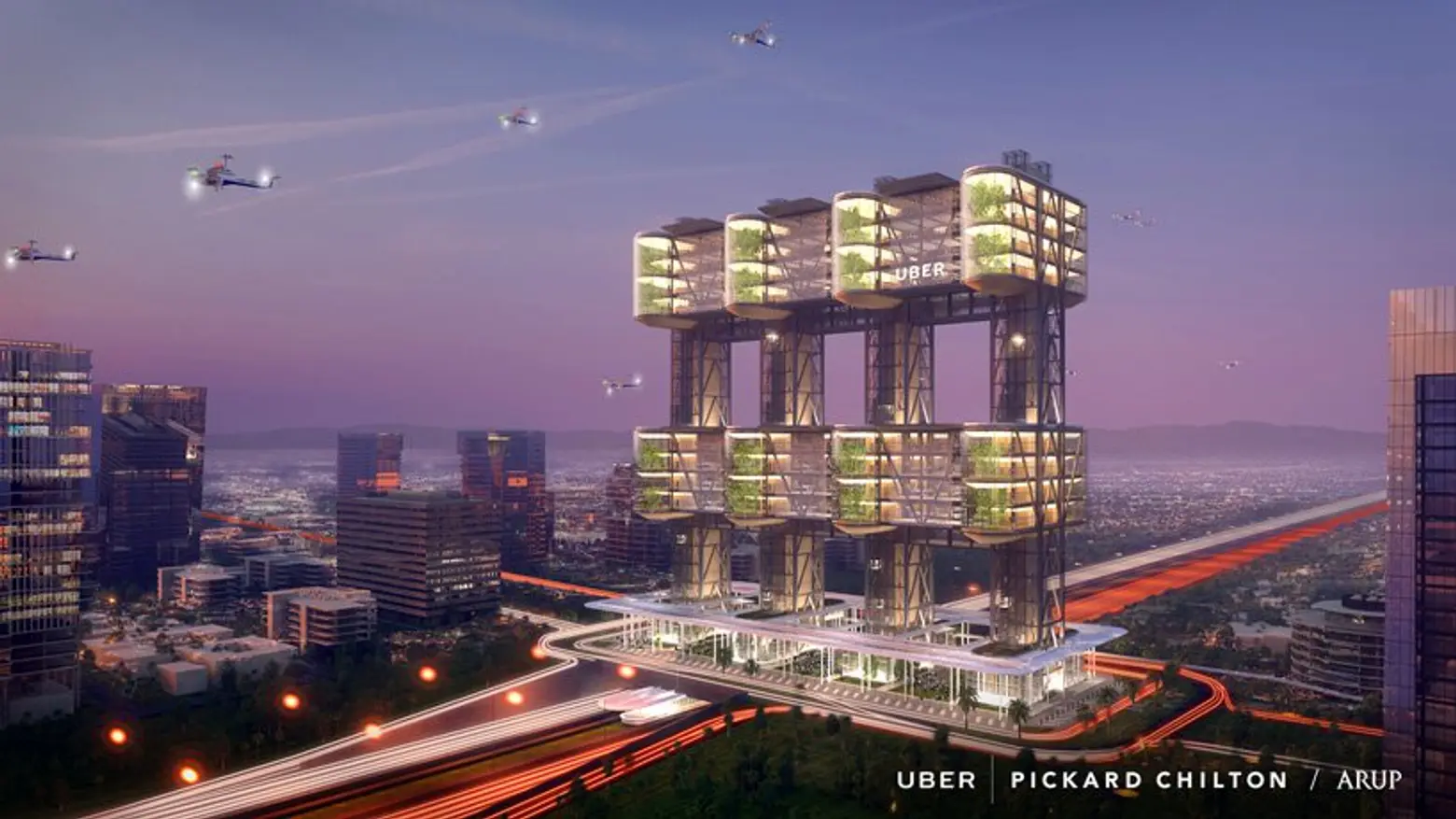
The “Sky Tower” is a collaboration by Pickard Chilton and ARUP engineers. The project would facilitate at least 1,000 vehicle arrivals and 1,000 departures per hour, with each vehicle accommodating up to five passengers. With adaptability in mind, the designers created a multi-faceted “kit-of-parts” that could be applied both vertically and horizontally depending on the context.
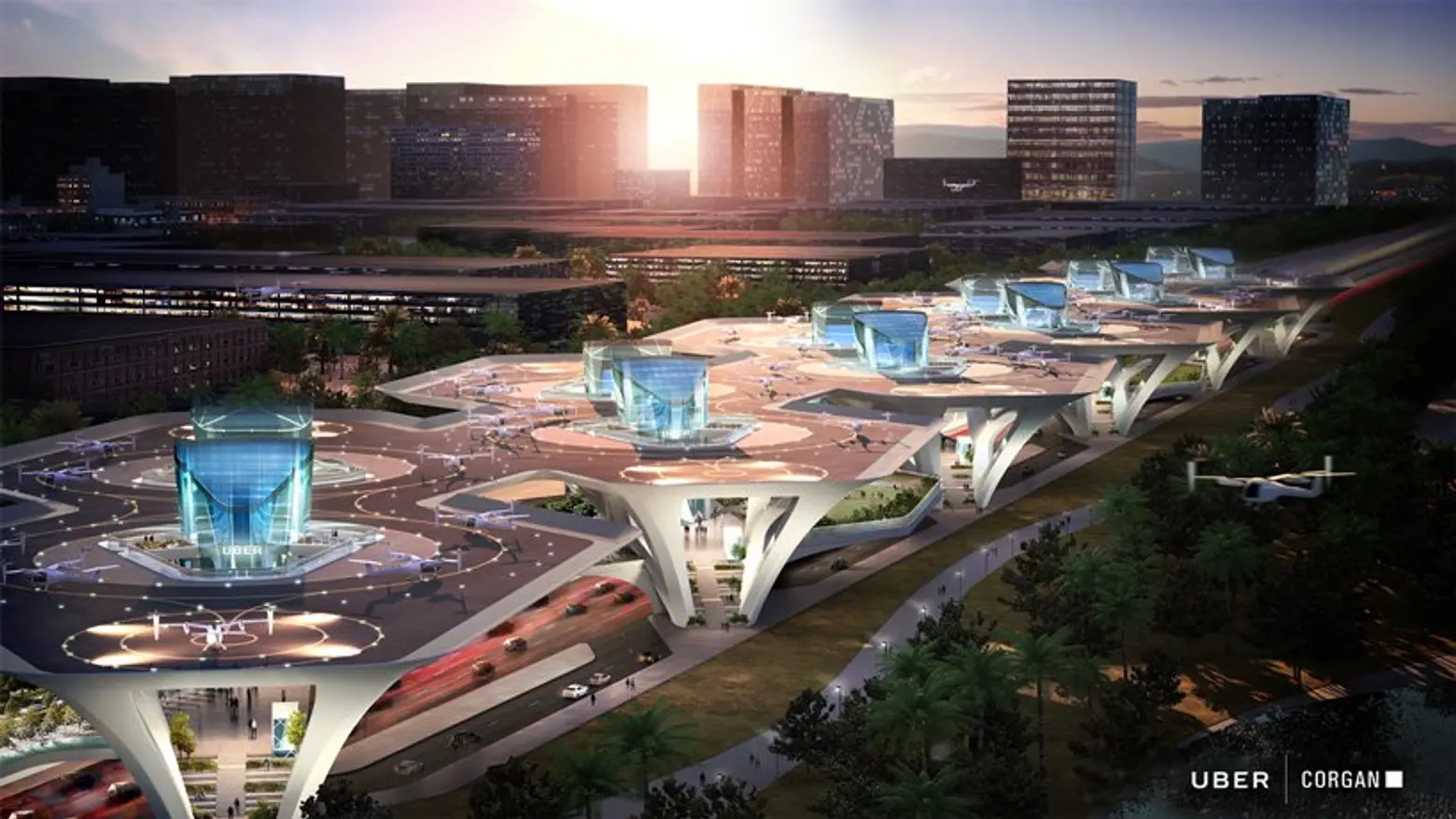
Corgan’s creation, “CONNECT,” would provide the infrastructure to support vertical take-off and landing for up to 1,000 eVTOLs per hour with a series of modular components that could be adapted anywhere for ultimate convenience.
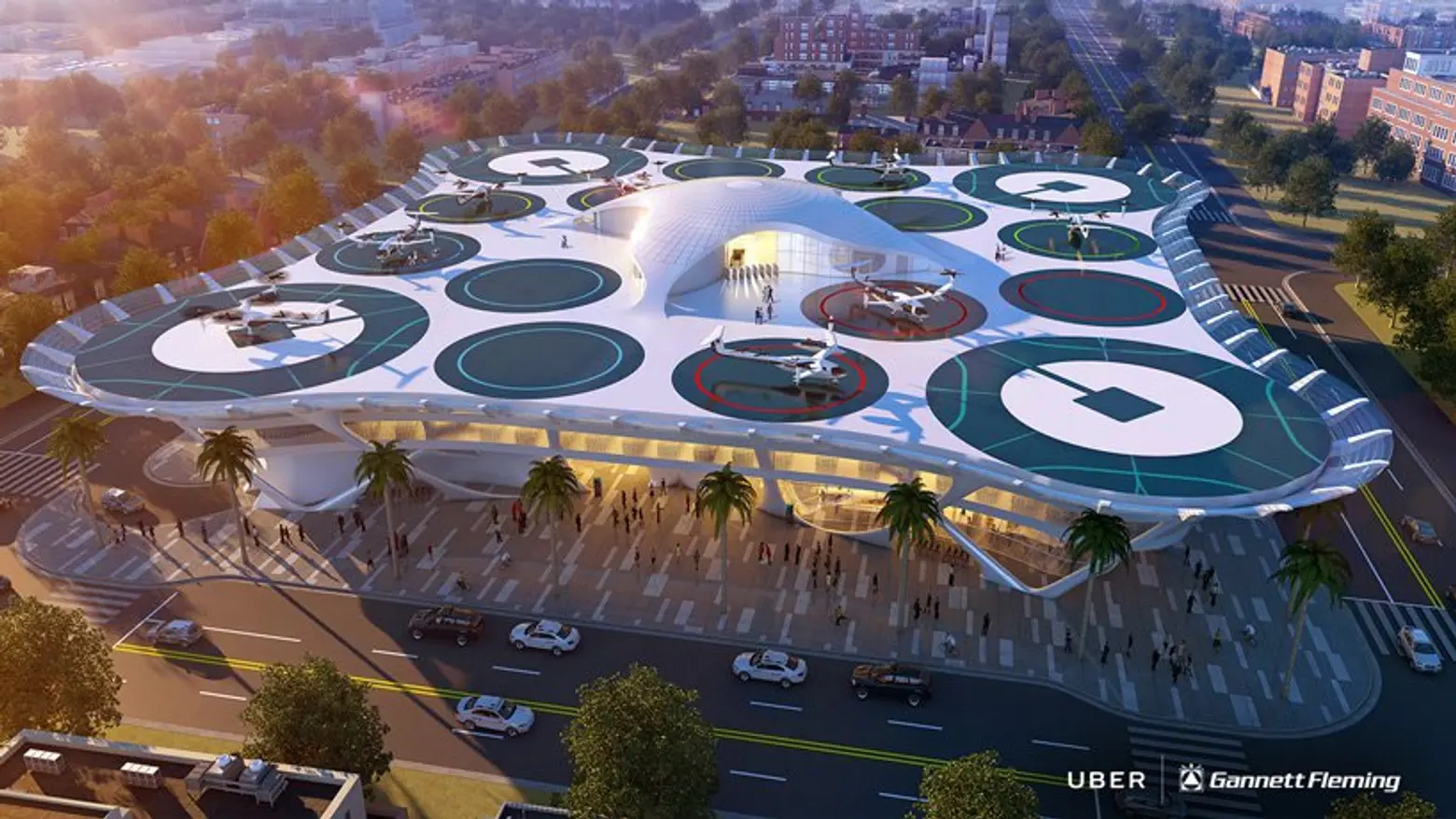
Gannett Fleming’s super sleek skyport evokes Zaha Hadid designs with color-coded, curvy interiors and a central, domed four-way arch.
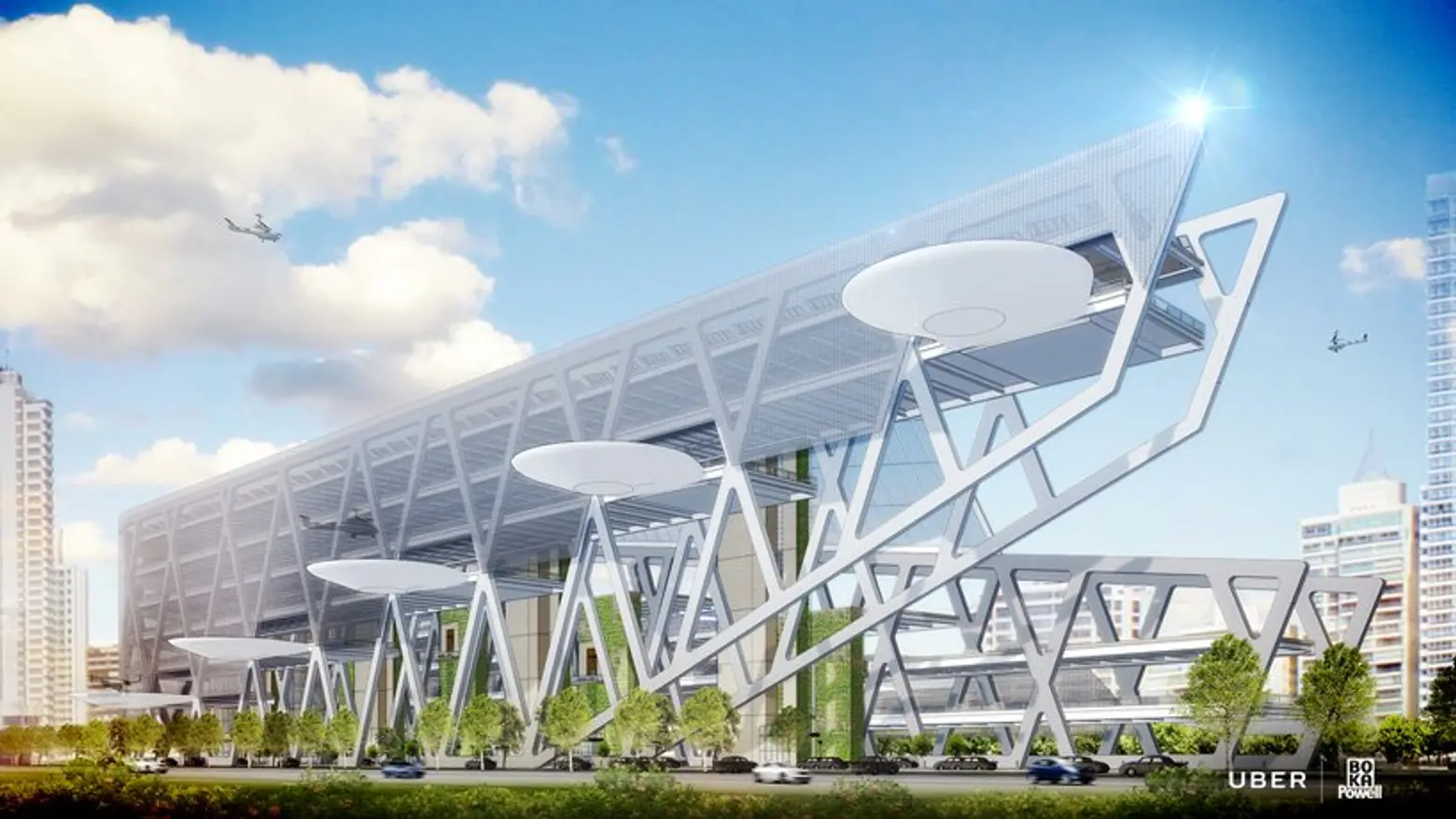
BOKA Powell’s Skyport, which tapers both in height and length, focuses on solving “mechanical precision and syncopated rhythm of handling both the aircraft and the customers.”
John Badalamenti, Uber’s Head of Design for Advanced Programs and Aviation, said: “While UberAir might feel like a faraway dream, it’s closer than you think and urban infrastructure has to start to evolve now to keep up.”
[Via Designboom and Dezeen]
RELATED:
